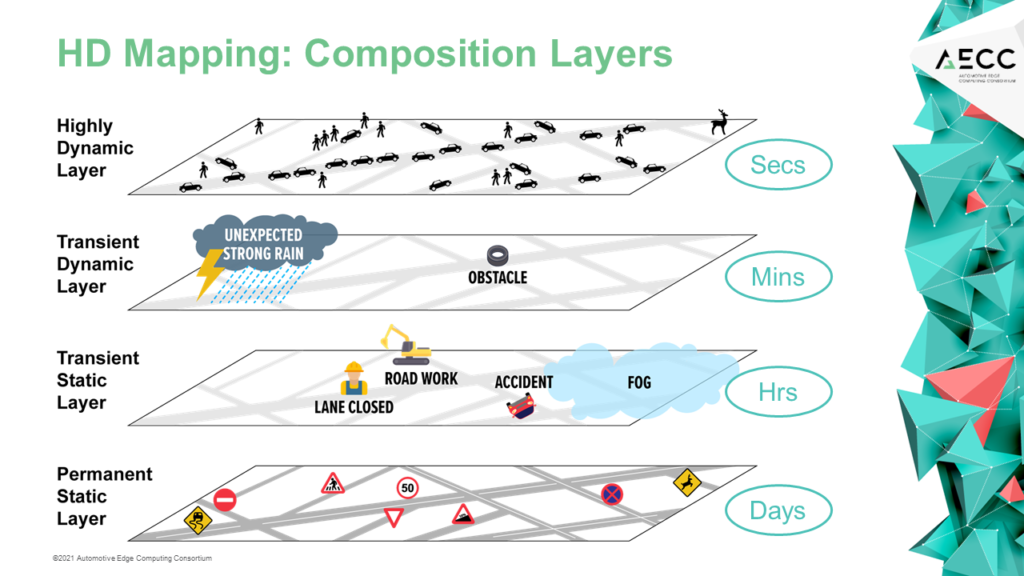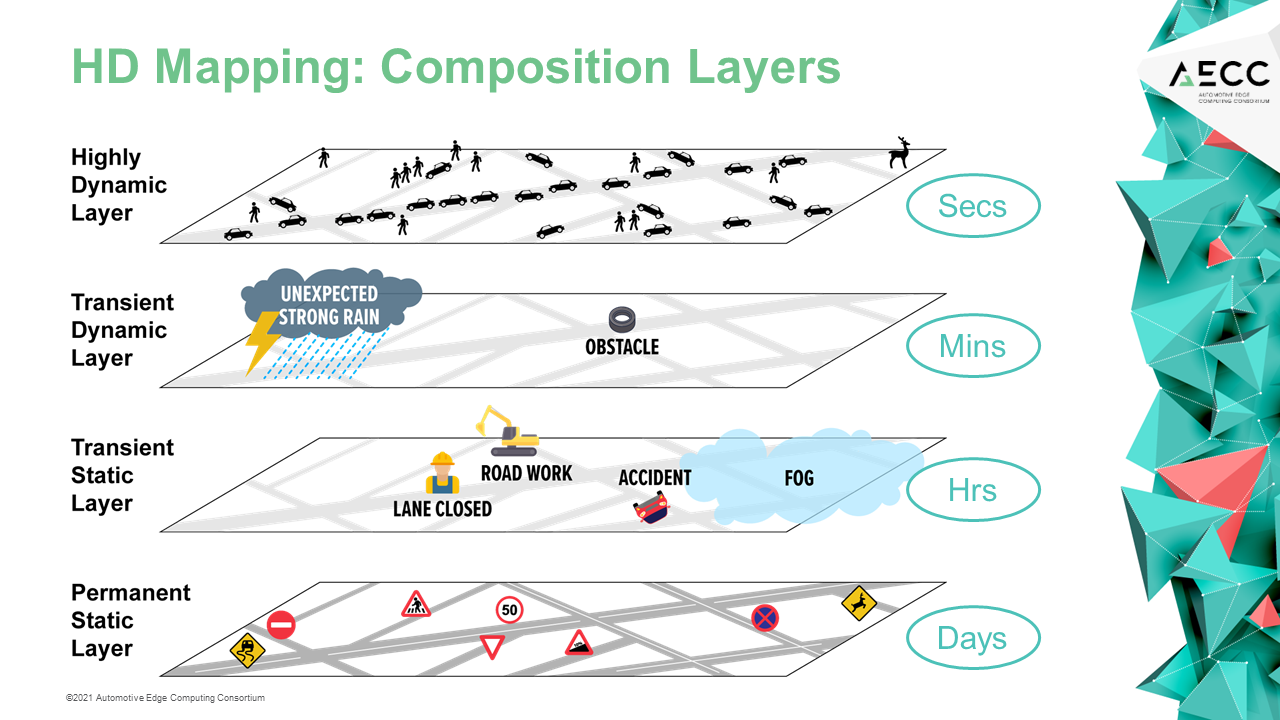The Role of Infrastructure in Connected Vehicle Services
By Roger Berg, AECC Treasurer and Communications Vice Chair; VP of North American Research and Development, DENSO
Connected vehicle services are in everyone’s near future, but bringing them to life will require significant network advancements, including a much larger data transfer capacity than what is available today. The connected vehicles that will soon take over the market have the potential to offer a number of different services that require connectivity and demand high data transfer capacity, both from vehicle to vehicle and between each vehicle and the cloud. When thinking about how to enable these connected vehicle services, it’s common to focus solely on how vehicles communicate with one another and what is required to make real-time data sharing possible as the vehicles are moving. However, for a connected vehicle services ecosystem to truly flourish, it’s important to also consider the role of next-generation infrastructure and how those systems can communicate with connected vehicles.
Connectivity on the Rise
If you look at the total number of cars on the road today, connected vehicle numbers are still somewhat low compared to traditional cars. However, forecasts suggest that change is coming quickly. With legacy models being retired and/or upgraded and more electric vehicles (EVs) hitting the market, we are likely to see around 300 million additional connected vehicles on the road by 2030, according to GSMA Intelligence. At the same time, the group notes that smart cities are also on the rise, predicting that we’ll see 1 billion smart city IoT connections by 2030. This represents a significant infrastructure expansion that will help enable improved communication with the growing number of connected vehicles.
Indeed, as the ecosystem continues to mature, infrastructure-to-vehicle communication is becoming an increasingly important part of the puzzle. There are several scenarios in which connected infrastructure could relay valuable information to a vehicle to create a smoother, safer trip. For example, sensors built into city infrastructure have the potential to transmit information about upcoming detours or road work directly to a vehicle, to help drivers find the most efficient route. This offers benefits from a time-saving perspective and has positive environmental implications as well, as it could help reduce idling and total emissions.
Similarly, an advanced network of connected streetlights could share data on traffic patterns throughout the day, transmitting up-to-the-minute information directly to in-vehicle navigation systems to help make smart route choices. These examples only touch upon the ways smart infrastructure, coupled with advanced connected vehicle systems, has the potential to completely reshape the way we drive.
Connected Infrastructure and HD Mapping
The Automotive Edge Computing Consortium (AECC) is already working on some specific use cases that would benefit significantly from next-generation connected infrastructure. One clear example is High Definition (HD) Mapping. HD Maps feature multiple layers, each with information that is updated at varying time intervals. For example, the bottom layer – or static layer – features elements that remain the same, such as street width. Conversely, the top layer – or highly dynamic layer – represents elements that change almost constantly, such as pedestrians walking in a street. The layers in between represent varying degrees of change, such as construction, which could last weeks, or parked cars, which could stay in one spot for hours. Intelligent infrastructure can play a significant role in rapidly updating these maps, particularly the middle layers that include road work, accidents, etc. This is where technology like road sensors, for example, could prove invaluable in informing connected and autonomous vehicles of upcoming obstacles.

HD Map Example
While some of these examples may sound like they’re far from being realized, the reality is that they’re well within our reach. As intelligent infrastructure and smart city development continue to gain momentum, the closer this reality becomes. One recent study suggests that the smart city market is expected to grow to $2.5 trillion by 2025. Another source predicts that in the United States alone, local governments will be investing approximately $41 trillion in infrastructure updates and IoT advancements over the next 20 years. Clearly, many municipalities see the potential for smart infrastructure and are making investments now. These efforts will help power a more connected future and contribute to the advancement of connected vehicle services that improve safety, traffic patterns, emissions and beyond. There’s no doubt that smart infrastructure has a significant role to play in the future of connected vehicle services, and as both areas continue to evolve, we will begin to see more and more examples of the value they can drive together.





